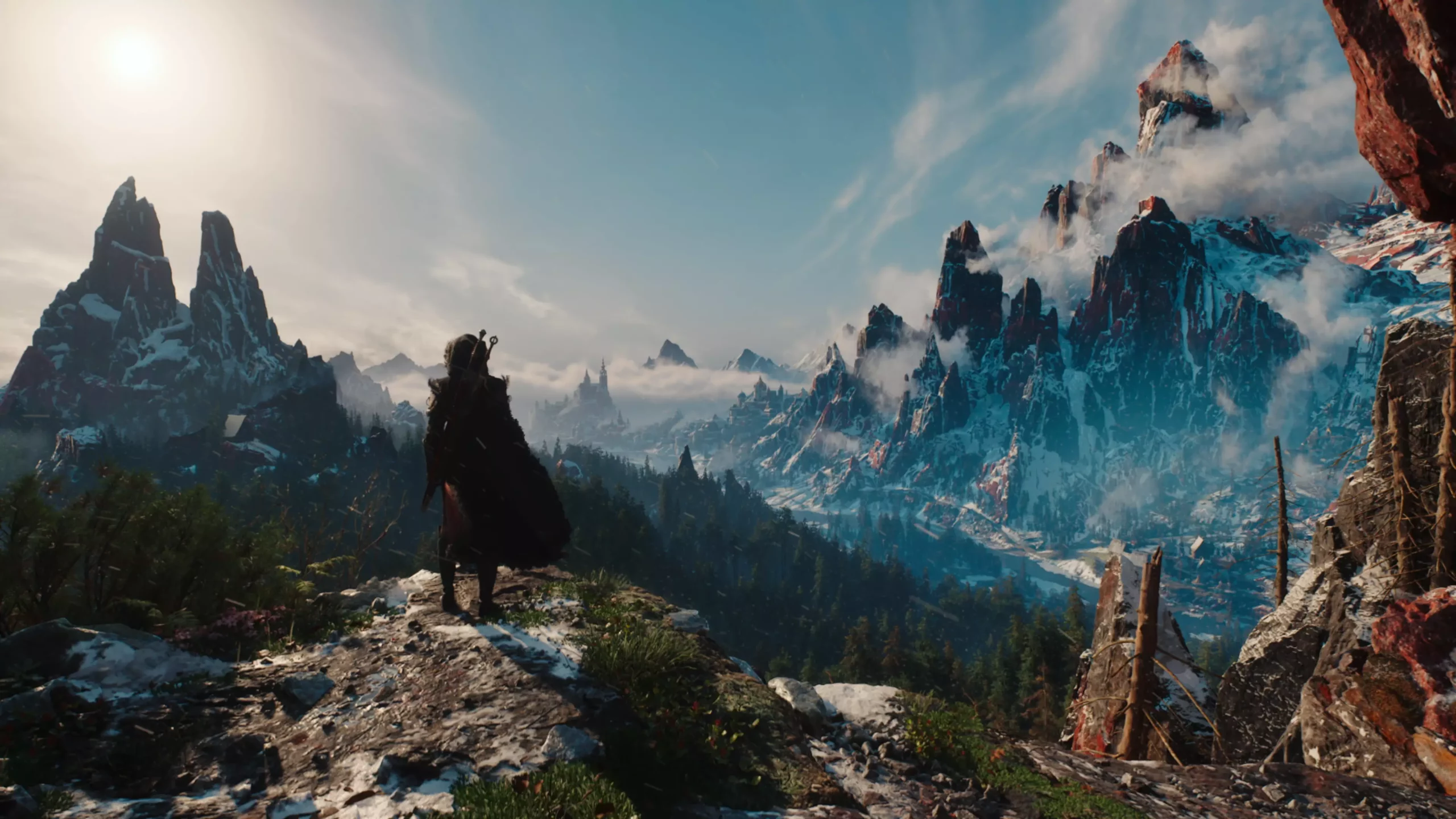In the rapidly evolving world of video game development, tech demos play a crucial yet often misunderstood role in shaping player expectations. As technology progresses, developers showcase their advancements through carefully crafted demonstrations, but the line between a tech demo and actual gameplay can sometimes blur. The recent discussions surrounding The Witcher 4’s tech demo highlight this complex relationship, revealing both the potential benefits and pitfalls that come with showcasing a game’s preliminary visual and technical capabilities.
During a conversation with GamesRadar+, Jan Hermanowicz, the engineering production manager at CD Projekt Red (CDPR), made it clear that while the tech demo for The Witcher 4 is rooted in current assets from the studio, the final game may diverge significantly from what players have seen. This cautious approach illustrates CDPR’s desire to avoid the pitfalls they encountered with the launch of Cyberpunk 2077, where overhyped expectations and unforeseen technical issues led to significant backlash. The message is unequivocal: “This is a technological demo, not an actual game.” Such clarity is necessary as misinterpretation can lead to unwarranted disappointment among an eager audience.
The Realities of Development
The Witcher 4 is still in the early stages of development, and as such, many aspects, including visual direction and gameplay mechanics, are subject to change. Hermanowicz notes that while the art style and direction observed in the demo reflect CDPR’s intentions for the final product, they remain open to evolving those elements as the project progresses. It’s a delicate balancing act; developers must excite and engage players while also managing their expectations.
One of the challenges that accompanies this process is the expectation from fans, who often conflate the dazzling visuals of a tech demo with the final product’s capabilities. The allure of high-fidelity graphics, realistic physics, and immersive worlds can create anticipatory pressure that is difficult to sustain once the game is actually released. This phenomenon is not unique to CD Projekt Red; many game developers have faced similar scrutiny. Companies like Insomniac Games, with Marvel’s Spider-Man, encountered backlash over perceived graphical downgrades, illustrating how player sentiment can swing wildly between excitement and disappointment.
The Transparency Factor
Hermanowicz pointedly acknowledged CDPR’s efforts to communicate transparently about the development of The Witcher 4, underscoring the importance of setting realistic expectations for their audience. The studio is keenly aware that fans may misconstrue elements of the demo as representative of the final gameplay experience. Their attempt to frame the tech demo specifically as a showcase of technology is both brave and vital but suggests a broader issue within the gaming industry: the onus of communication often falls too heavily on developers rather than the platforms or marketing practices that amplify unrealistic promises.
Moreover, Hermanowicz’s comments about the challenges of maintaining this distinction highlight a common issue in the gaming community—players often receive mixed messages from trailers, gameplay reveals, and marketing materials, leading to confusion that can mar the anticipation surrounding a game’s launch. This phenomenon raises the question of whether the industry should adopt stricter standards on how tech demos are presented and labeled.
Lessons for the Future
Interestingly, the back-and-forth regarding The Witcher 4 is not just a case study in expectation management; it reflects a broader conversation about the gaming culture at large. As eager players watch and wait, they often overlook the reality of game development—that creating a top-tier title is a long, iterative process filled with unforeseen challenges. CD Projekt Red’s careful navigation of this landscape, as they work to shake off the reputation garnered by Cyberpunk 2077, offers valuable lessons for both developers and gamers alike.
In the end, while the technology showcased in The Witcher 4’s demo may not directly translate to the final product, the artistic vision remains a shared thread. As fans look to the future, they must balance their excitement with a healthy understanding of the complexities behind game development, embracing a journey that is as much about innovation as it is about patience and perseverance.

